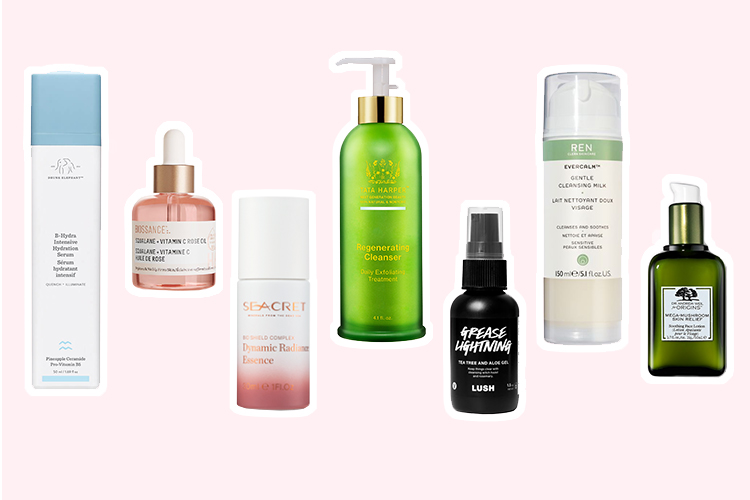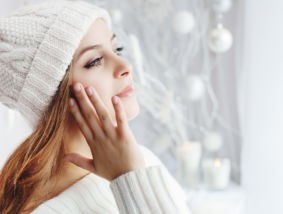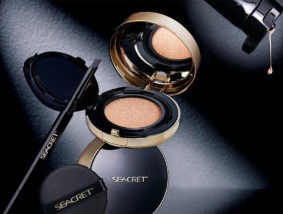Companies of all sizes, in all countries and in all industries are facing a new type of clientele – one that’s socially conscious, environmentally aware, animal friendly, and perhaps most significantly, health conscientious.
The growing trend has recently become a star in the beauty world, leading to new “clean” skincare lines now offered by established cosmetics brands as well as those offered by newly formed companies.
Skincare consumers are increasingly making buying decisions based on how a formula impacts individual health and how the packaging impacts our collective home, Planet Earth. Consumers have taken control of what they put in their shopping baskets and on their skin. In the West, this led to many campaigns and websites to promote clean ingredients, allowing consumers to know which ingredients to stay away from. In Asia, there’s now Klean Beauty – Korean Beauty made cleaner.

What are clean ingredients?
By “clean ingredients,” companies generally mean simple ingredients from natural sources. We say “generally” because the term “clean” is still open to interpretation. Does it mean natural? Unprocessed? Hypoallergenic? Green? Does it mean all of these things at once?
Sometimes yes, sometimes no.
While a little bit of confusion still ensues, a good place to start would be to understand which products and ingredients are not clean. There are three main ingredients that raise a red flag and consequently, they are now discarded by clean beauty skincare producers: parabens, sodium lauryl sulphate (SLS), and phthalates. Briefly, parabens are preservatives that prolong a product’s shelf life; SLS is a surfactant that allows foam and lather to form; and phthalates are industrial plasticizers that dissolve and coalesce ingredients. Avoiding these three should be the first step in any clean beauty endeavor.
Other ingredients you should try to avoid include mineral oil (not the same as minerals), sulfates, silicone, BHT, artificial colors, artificial fragrances, propylene glycol, and PEGs.
When it comes to clean ingredients, they can be plant based, herb based, or sourced from naturally formed areas such as the Dead Sea. Make sure the product you’re about to purchase is made with natural preservatives and that it has a low hazard EWG (Environmental Working Group’s ingredient hazard score) rating. If it’s also vegan and cruelty-free, much better.
The clean trend is not just a fleeting fad. As consumers become more and more socially, environmentally and health conscious, they’ll rightfully want better, healthier products. That’s why clean beauty is definitely here to stay.







